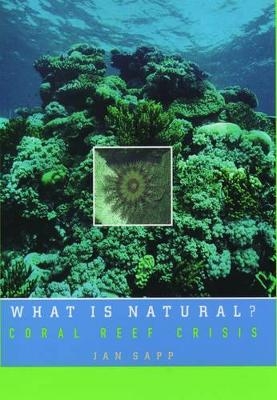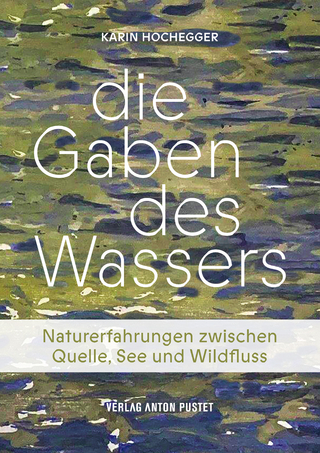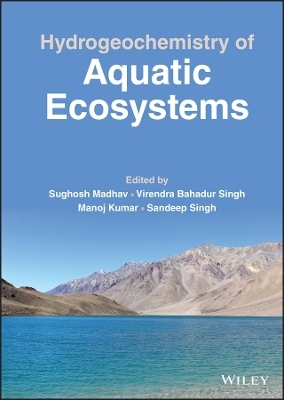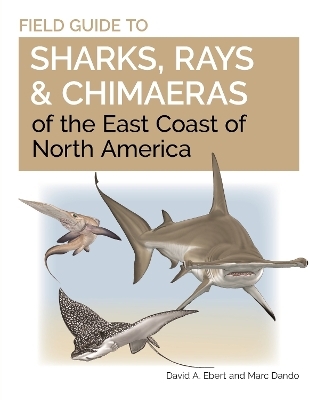
What is Natural?
Coral Reef Crisis
Seiten
1999
Oxford University Press Inc (Verlag)
978-0-19-512364-7 (ISBN)
Oxford University Press Inc (Verlag)
978-0-19-512364-7 (ISBN)
The author examines the questions surrounding the 1960s and 1970s infestation of coral reef communities around the world by crow-of-thorns starfish. Sapp explores the scientific debates about the cause of the crisis and how it should be handled.
During the late 1960s and 1970s, massive herds of poisonous crown-of-thorns starfish suddenly began to infest coral reef communities around the world, leaving in their wake devastation comparable to a burnt-out rainforest. In What is Natural?, Jan Sapp both examines this ecological catastrophe and captures the intense debate among scientists about what caused the crisis, and how it should be handled.
The crown-of-thorns story takes readers on tropical expeditions around the world, and into both marine laboratories and government committees, where scientists rigorously search for answers to the many profound questions surrounding this event. Were these fierce starfish outbreaks the kind of manmade disaster heralded by such environmentalists as Rachel Carson in Silent Spring? Indeed, discussions of the cause of the starfish plagues have involved virtually every environmental issue of our time -- over-fishing, pesticide use, atomic testing, rain forest depletion, and over-population -- but many marine biologists maintain that the epidemic is a natural feature of coral-reef life, an ecological "balance of nature" that should not to be tampered with until we know the scientific truth of the crisis. But should we search for the scientific truth before taking action? And what if an environmental emergency cannot wait for a rigorous scientific search for "the truth?"
The starfish plagues are arguably one of most mysterious ecological phenomena of this century. Through the window of this singlular event, What is Natural lucidly illustrates the complexity of environmental issues while probing the most fundamental questions about the relationship between man and nature.
During the late 1960s and 1970s, massive herds of poisonous crown-of-thorns starfish suddenly began to infest coral reef communities around the world, leaving in their wake devastation comparable to a burnt-out rainforest. In What is Natural?, Jan Sapp both examines this ecological catastrophe and captures the intense debate among scientists about what caused the crisis, and how it should be handled.
The crown-of-thorns story takes readers on tropical expeditions around the world, and into both marine laboratories and government committees, where scientists rigorously search for answers to the many profound questions surrounding this event. Were these fierce starfish outbreaks the kind of manmade disaster heralded by such environmentalists as Rachel Carson in Silent Spring? Indeed, discussions of the cause of the starfish plagues have involved virtually every environmental issue of our time -- over-fishing, pesticide use, atomic testing, rain forest depletion, and over-population -- but many marine biologists maintain that the epidemic is a natural feature of coral-reef life, an ecological "balance of nature" that should not to be tampered with until we know the scientific truth of the crisis. But should we search for the scientific truth before taking action? And what if an environmental emergency cannot wait for a rigorous scientific search for "the truth?"
The starfish plagues are arguably one of most mysterious ecological phenomena of this century. Through the window of this singlular event, What is Natural lucidly illustrates the complexity of environmental issues while probing the most fundamental questions about the relationship between man and nature.
Jan Sapp is a Professor of the History of Science at Atkinson College, York University in Canada. He has written two other books for Oxford: Evolution by Assciation (1994) and Beyond the Gene (1987).
Introduction ; 1. Green Island ; 2. Guam ; 3. The War of the Worlds ; 4. Under Capricorn ; 5. Crown-of Thorns Inquisition ; 6. A Tree Fell in the Forest... ; 7. Knowledge and Action ; 8. Oceans Apart ; 9. Remote Control ; 10. Complexity and Stability ; 11. Cyclical Outcries ; 12. Cross Roads ; 13. Coral Bleaching and Global Warming ; 14. Cassandra and the Sea Star
| Erscheint lt. Verlag | 10.6.1999 |
|---|---|
| Zusatzinfo | 12 halftones, 1 line drawing |
| Verlagsort | New York |
| Sprache | englisch |
| Maße | 160 x 236 mm |
| Gewicht | 590 g |
| Themenwelt | Naturwissenschaften ► Biologie ► Limnologie / Meeresbiologie |
| Naturwissenschaften ► Biologie ► Ökologie / Naturschutz | |
| Technik ► Umwelttechnik / Biotechnologie | |
| ISBN-10 | 0-19-512364-6 / 0195123646 |
| ISBN-13 | 978-0-19-512364-7 / 9780195123647 |
| Zustand | Neuware |
| Informationen gemäß Produktsicherheitsverordnung (GPSR) | |
| Haben Sie eine Frage zum Produkt? |
Mehr entdecken
aus dem Bereich
aus dem Bereich
Naturerfahrungen zwischen Quelle, See und Wildfluss
Buch | Hardcover (2024)
Verlag Anton Pustet Salzburg
30,00 €
Buch | Softcover (2024)
Princeton University Press (Verlag)
43,65 €


